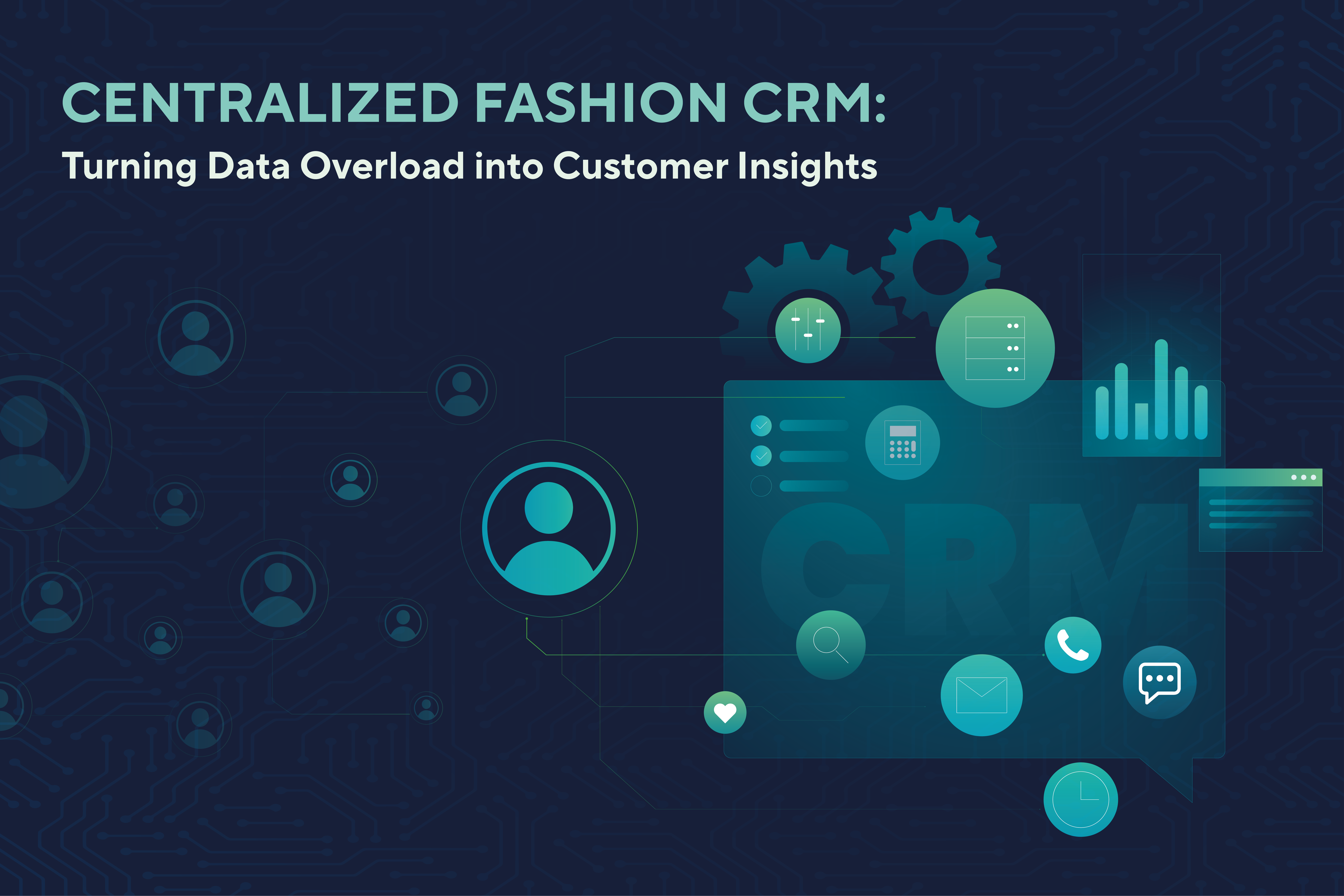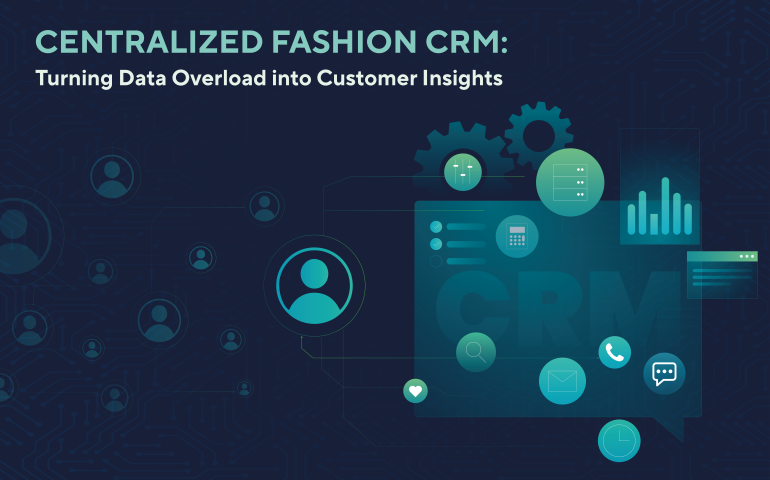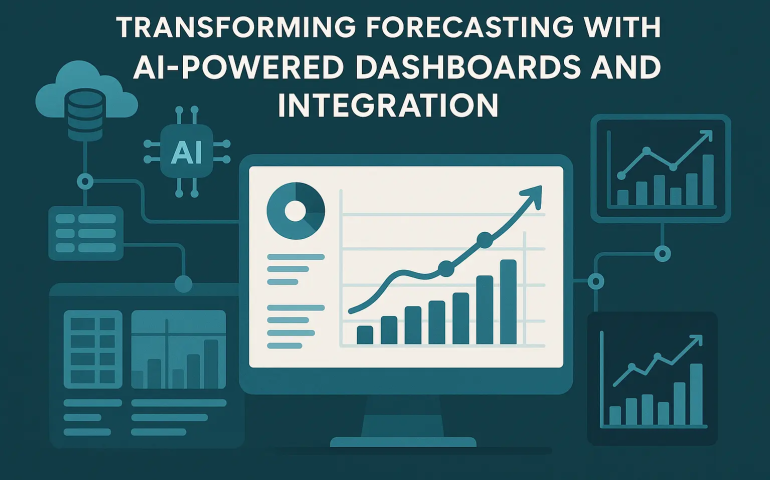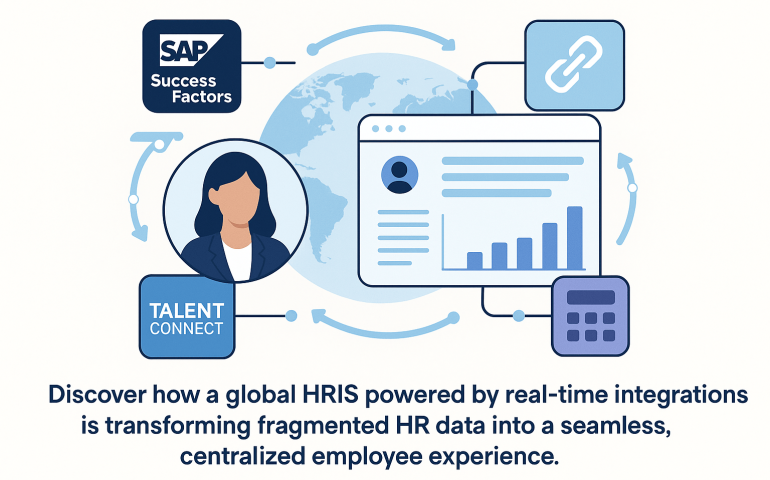Turning Data Overload into Clear Customer Insights: The Story of New Fashion CRM Platform
Managing a massive flood of data from countless customer touchpoints isn’t just a technical challenge. It’s like trying to assemble a giant puzzle where many pieces are blurred, duplicated, or missing. Every day, sales systems, e-commerce platforms, marketing tools, and store records pour in data, but much of it is inconsistent, incomplete, or tangled.
This was the reality faced by many businesses where their initial Customer Data Platform brought together data from multiple sources into one place. But as their operations evolved, the limitations of the initial system became impossible to ignore.
The Complexity Beneath the Surface
At first glance, the old CRM Platform seemed to work. Customer, sales, product, and store data were centralized on Google Cloud Platform, feeding dashboards and reports. Yet, as usage increased, the team uncovered serious obstacles:
- Inaccurate and inconsistent metrics: Key business numbers didn’t always add up, causing frustration and mistrust.
- Limited traceability: When duplicate customer records appeared, the system struggled to detect and clean them, leaving no clear audit trail.
- Missing customer records: Some customers simply vanished from reports; their data was lost or incomplete.
- Flawed business rules: Without consistent application of logic, insights were skewed.
Scaling issues: As data volumes and business complexity grew, extending the system became increasingly difficult.
Imagine trying to understand who your customers really are when their records are scattered, duplicated, or incomplete. Therefore, the platform needed a fundamental rebuilding to turn confusion into clarity.
A New Chapter: Designing a New CRM Platform
The vision was to build a platform that’s clean, reliable, flexible, and ready for future growth. The new CRM would be more than an upgrade; it would be a transformation in how customer data is understood and used.
Step 1: Cleaning and Standardizing the Data
The first step was to fix the chaos. Data coming from different sources was cleansed and standardized where names were formatted consistently, and emails and phone numbers normalized. This groundwork ensured every record spoke the same language, laying a strong foundation for accurate insights.

Step 2: Detecting Duplicates with Precision
No more guesswork. The new platform introduced a smart deduplication process that grouped customers based on matching names plus contact details like email or phone number. Each cluster was assigned a unique, stable CRM ID. A consistent fingerprint that follows the customer across all systems and time.
Step 3: Enriching Customer Profiles
Each retained record wasn’t just a simple entry anymore. It became a rich profile, enriched with data pulled from linked duplicates. The result? A more complete, 360-degree view of each customer, capturing details from every touchpoint.
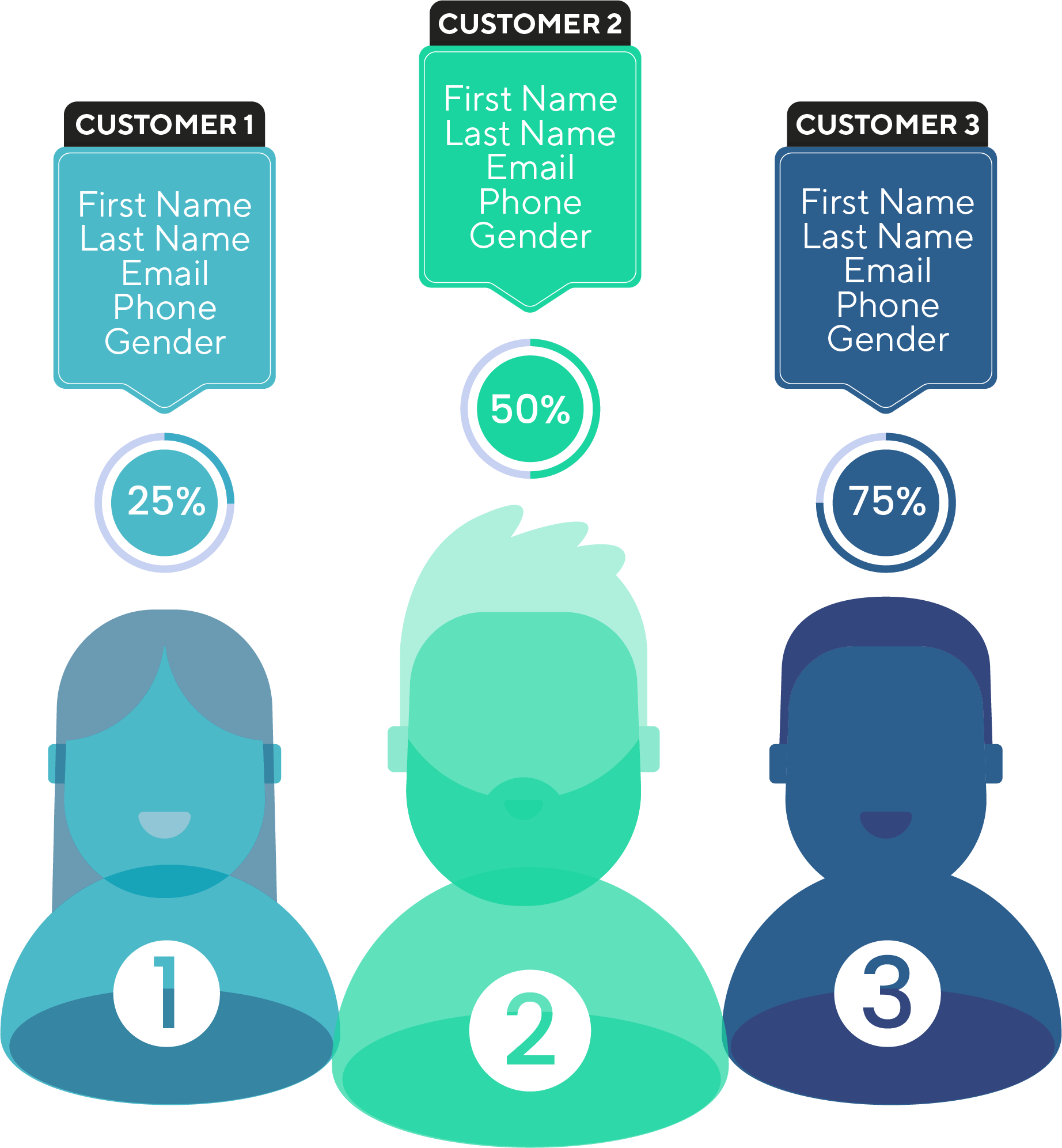
Step 4: Completing and Harmonizing Addresses
Customer addresses are notoriously messy. Using trusted reference datasets, the team standardized country names, completed missing postal codes, and applied smart defaults based on customer type:
• Retail customers and prospects: use the store address
• E-commerce customers: use the billing address from their most recent order
• E-commerce prospects: infer country based on available data
Over 3 million addresses were transformed from incomplete fragments into full, reliable data points.
Step 5: Recalculating Metrics with Business Rules
With the solid data foundation, the team revisited customer metrics by recalculating them with clear and transparent business rules to ensure every number accurately reflects reality, for example the customer channel, Global Lifetime Value.
Step 6: Power BI: From Data to Decisions
A selection of key reports was redesigned and rebuilt to streamline visuals and improve the overall user experience.
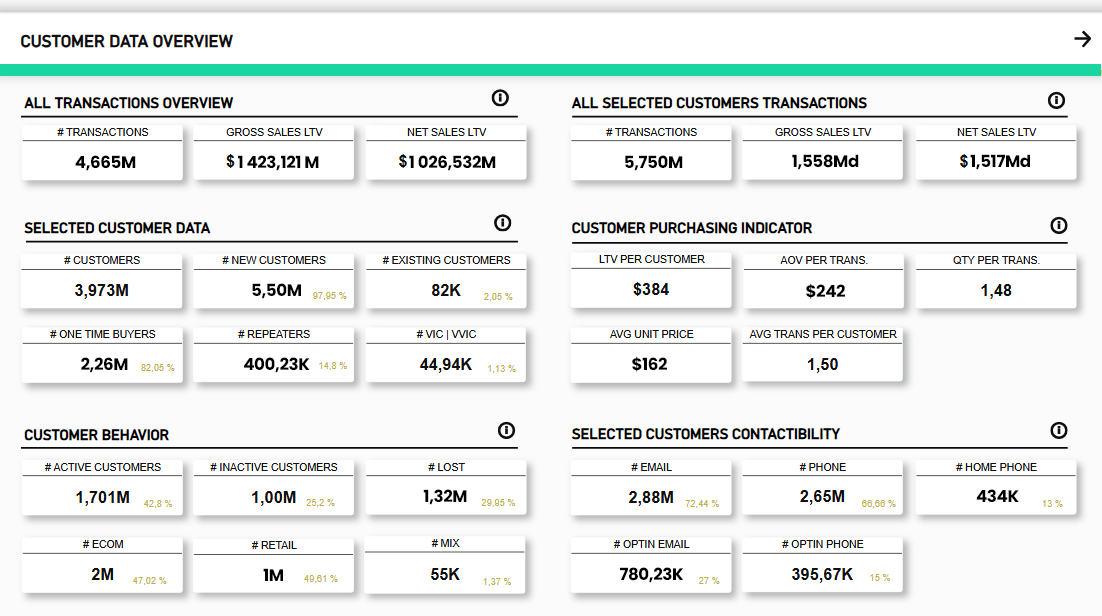
Result: Data You Can Trust and Act On
With the new CRM platform live, the impact was immediate and profound:
- A unified and trustworthy customer view replaces fragmented records.
- Clean, complete, and consistent data supports confident business decisions.
- Power BI dashboards deliver sharper insights with improved visuals and faster performance.
- The platform’s scalable design prepares the business for future challenges and opportunities.
- The customer base expanded with the inclusion of nearly 1 million new prospects.
Documentation and transparency provide peace of mind for data governance.
Every change in data was tracked and historized. Now, the platform doesn’t just provide answers; it shows exactly how those answers were built. It is crucial for auditability and compliance.
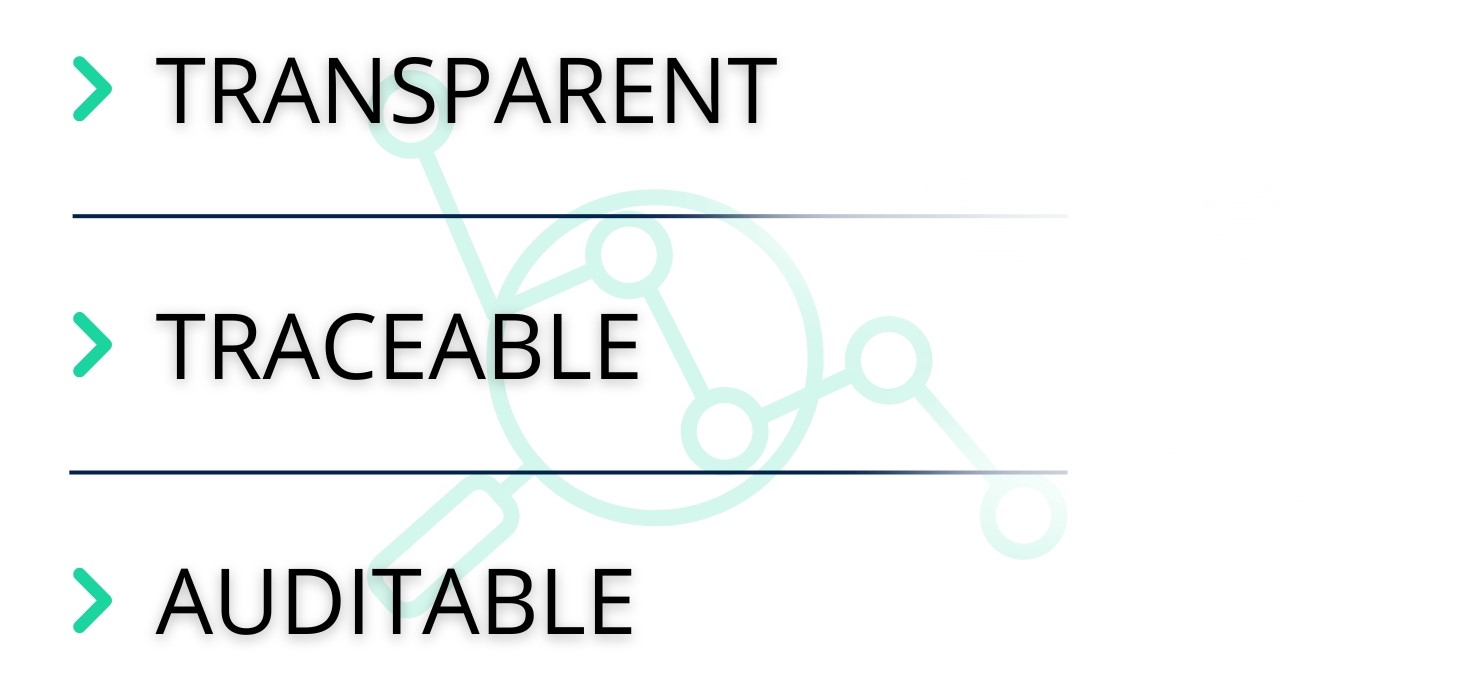
Final Reflections: Crafting Clarity from Complexity
With the foundations of the game-changing CRM Platform in place, the work naturally extends into new areas of refinement and integration. E-commerce and retail data are being brought into closer alignment to deliver a unified customer experience. Customer journey insights are deepened through the integration of Google Analytics, while engagement data adds new behavioral layers to the profiles. Duplicate records are resolved not only within the platform but also across connected systems, supporting consistency at every touchpoint.
Ongoing efforts are also focused on completing missing country information and sharpening the logic used to identify group or bulk customer records. These continuous improvements ensure the platform remains adaptable, comprehensive, and grounded in real business realities.
This story is one of the transformations from overwhelming data overload to clear and actionable customer insights. It highlights how a deep understanding of data challenges, combined with smart design and rigorous processes, can turn fragmented data into a powerful business asset.
For any organization navigating the complex landscape of customer data, the lesson is clear: investing in clean, consistent, and well-governed data platforms is not just technical work. It’s the foundation of smarter decisions and stronger customer relationships.
